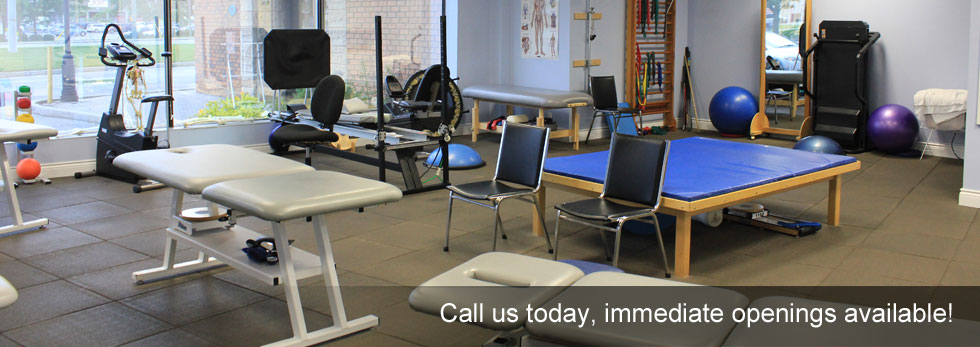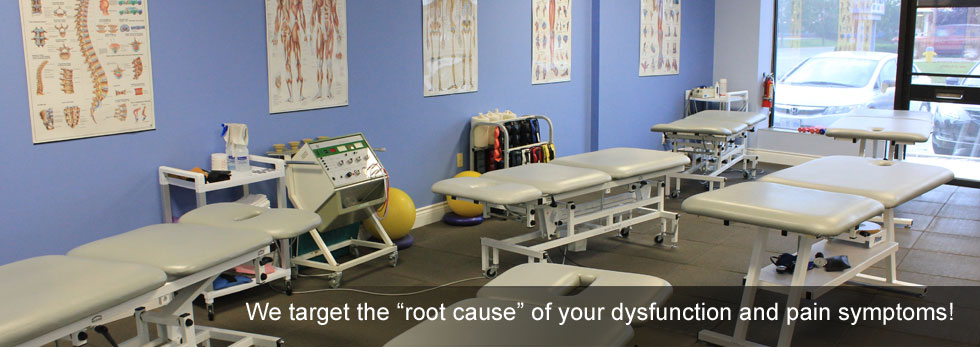What is fusion disease? I had a lumbar fusion and heard several other patients in the doctor's office talking about this. I'm wondering if I might be susceptible to it, too.
Broadly speaking, fusion disease is the muscle atrophy (wasting) and weakness that can occur when muscles, nerves, and soft tissues are cut and stripped away from the spine during the fusion process.
In an open incision procedure, the surgeon has to get down to the level of the spine (bones) in order to remove the disc and fuse the two vertebrae together. Damage to the endplate can also reduce blood flow to the segment needed for healing. The endplate is the cartilage between the disc and the end of the vertebral bone.
Disruption of the end plate may result in what's called adjacent segment disease. The vertebral level next to the fusion (usually the segment above) starts to degenerate faster than the other vertebrae. This can create another unstable lumbar segment requiring fusion.
Excessive cutting and pulling apart of the soft tissues is eliminated with a minimally invasive approach. Instead of making a wide incision to open the spine, the surgeon makes two tiny cuts.
A hollow tube called a tubular retractor is passed down through the soft tissues to the spine. The tube holds the skin and soft tissues open. There is less risk of scar tissue formation using these tubes to push aside muscle fibers.
The tube gives the surgeon a working channel through the muscles without cutting and stripping them away from the spine. The surgeon passes instruments through the tube to perform the fusion. A tiny TV camera on the end of the instruments allows the surgeon to view (on a computer screen) what's going on inside the spine.
If you had a minimally invasive fusion procedure, your risk of fusion disease is minimal. There are other complications that can occur but for the most part, minimally invasive lumbar fusion is proving to be safe and effective.
Reference: Fan Shunwu, MD, et al. Minimally Invasive Transforaminal Lumbar Interbody Fusion for the Treatment of Degenerative Lumbar Diseases. In Spine. August 1, 2010. Vol. 35. No. 17. Pp. 1615-1620.

















